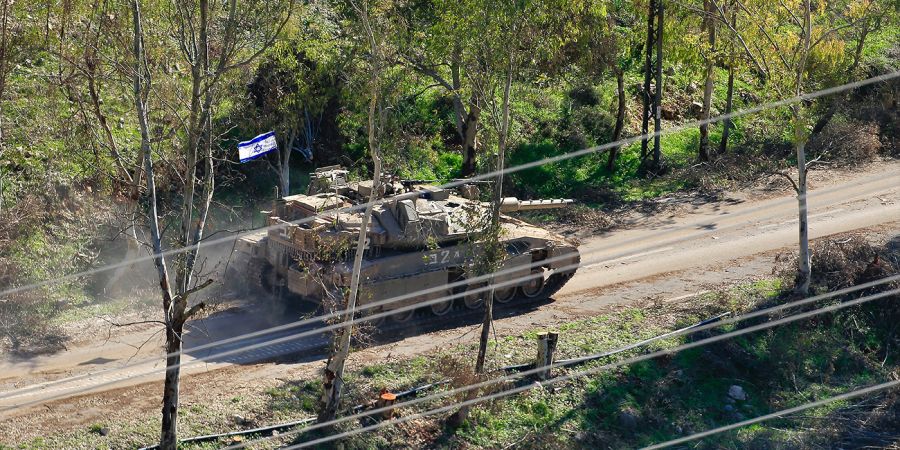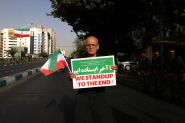Europe Closely Monitoring Israel’s Feb 18 Withdrawal Deadline
- 07/02/2025
- 5 comments
- 36
- 125


This is Beirut 20:00

This is Beirut 17:50

This is Beirut 15:50

Fady Noun 12:00

Karl Hajj Moussa 27/06 22:05

Badih Karhani 18:50

This is Beirut 18:05

This is Beirut 16:25

This is Beirut 14:55

This is Beirut 13:02
Lyne Sammouri 27/06 18:45
Tylia El Helou 27/06 16:30
Lyne Sammouri 27/06 14:15
This is Beirut 27/06 13:40


Christiane Tager 27/06 21:20

This is Beirut 27/06 17:55

This is Beirut 27/06 17:40

Liliane Mokbel 27/06 15:35

This is Beirut 11:00

This is Beirut 27/06 21:09

Bélinda Ibrahim 27/06 17:00

This is Beirut 27/06 15:00

Marie-Christine Tayah 27/06 11:15


This is Beirut 18:25

Makram Haddad 11:35

This is Beirut 08:45

This is Beirut 27/06 14:50

Bélinda Ibrahim 26/06 12:00

Bélinda Ibrahim 25/06 18:00

This is Beirut 25/06 09:15

This is Beirut 20/06 13:05

Bélinda Ibrahim 19/06 12:00

par Ici Beyrouth, 19:35

par Ici Beyrouth, 19:15

par Ici Beyrouth, 18:55


par Ici Beyrouth, 18:10